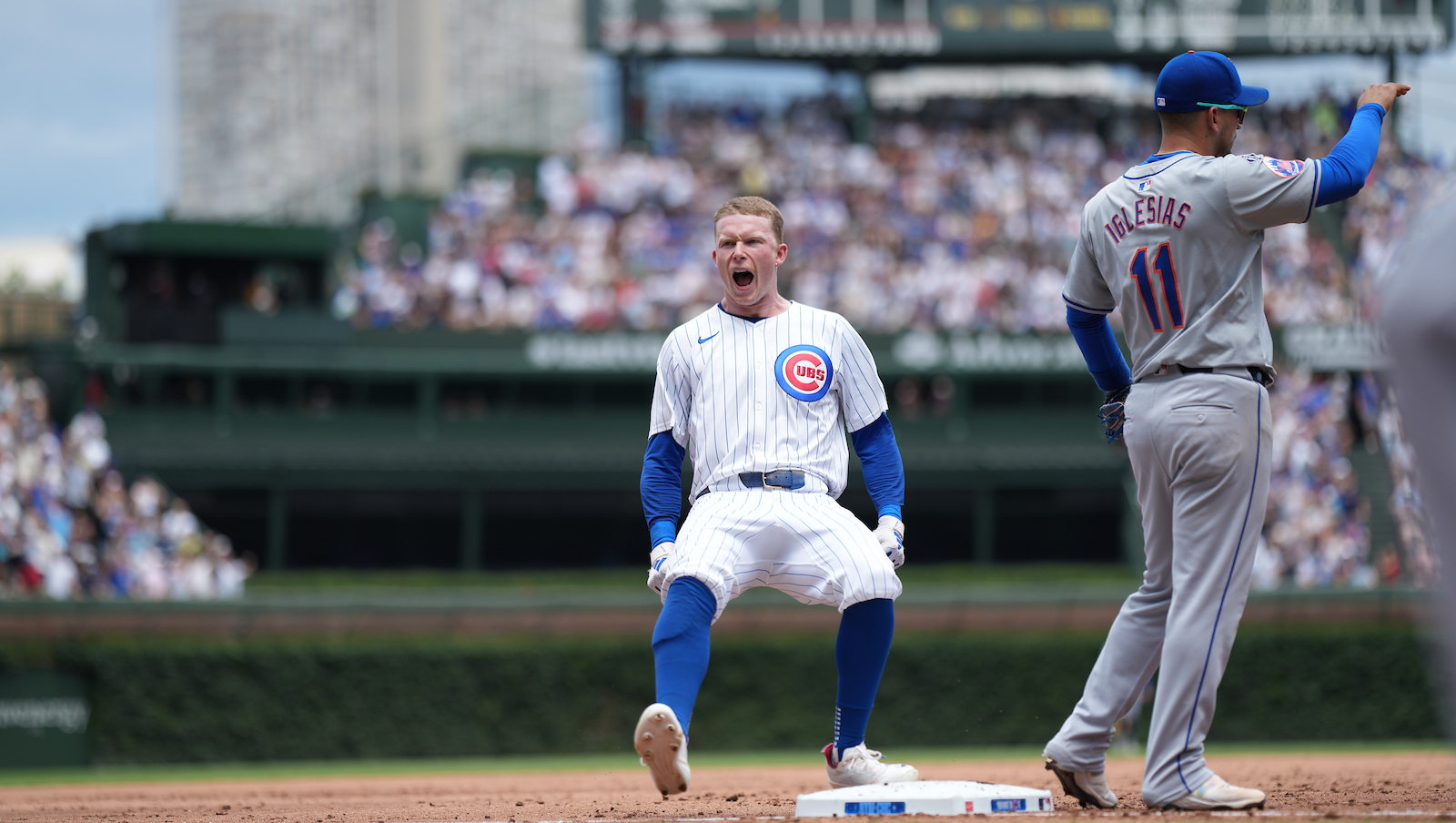1850-1950: An Art Review Of Modern Global Art

Table of Contents
- The Rise of Impressionism and Post-Impressionism (1870s-1900s): A European Revolution
- Key characteristics of Impressionism:
- Post-Impressionism: Moving Beyond Impressionism:
- The Birth of Modernism: Exploring Diverse Artistic Movements
- Cubism: Fragmentation and Abstraction:
- Fauvism: The Power of Color:
- Expressionism: Inner Feelings and Emotions:
- Beyond Europe: Global Artistic Voices in the Late 19th and Early 20th Centuries
- Art Nouveau: A Flourishing International Style:
- The Rise of Photography and its Impact on Art:
- Early 20th-Century Art in Asia and Beyond:
- The Transition to Mid-20th Century Art: Seeds of the Future
- Surrealism: Exploring the Unconscious:
- Abstract Expressionism: Post-War American Art:
- Conclusion
The Rise of Impressionism and Post-Impressionism (1870s-1900s): A European Revolution
The late 19th century in Europe was a whirlwind of artistic upheaval. Impressionism, emerging in France, shattered the conventions of academic art. This revolution in Modern Global Art laid the groundwork for countless subsequent movements.
Key characteristics of Impressionism:
Impressionism prioritized capturing the fleeting effects of light and color, emphasizing the sensory experience over meticulous detail. This revolutionary approach was reflected in several key characteristics:
- Emphasis on en plein air painting: Artists moved their studios outdoors, painting directly from nature to capture the ever-changing light.
- Visible brushstrokes: Instead of blending colors seamlessly, Impressionists left visible brushstrokes, giving their paintings a vibrant, textured quality.
- Rejection of academic art: They broke away from the strict rules and formal styles of the established art academies.
- Key artists: Claude Monet, Pierre-Auguste Renoir, Edgar Degas are among the most celebrated Impressionist painters, their work embodying the movement's revolutionary spirit.
Post-Impressionism: Moving Beyond Impressionism:
Post-Impressionism built upon the foundations laid by Impressionism but moved beyond its focus on objective observation. Artists began exploring subjective emotion and personal expression, experimenting with form, color, and perspective in increasingly bold ways.
- Artists like Vincent van Gogh, Paul Cézanne, and Paul Gauguin: These artists pushed the boundaries of Impressionism, expressing their inner worlds through vivid colors and expressive brushwork.
- Expressionism's early roots: The seeds of Expressionism, with its focus on intense emotion, can be seen in the works of Post-Impressionist artists.
- Influence on Fauvism and Cubism: Post-Impressionism's innovations paved the way for the development of Fauvism and Cubism, two pivotal movements in early 20th-century Modern Global Art.
The Birth of Modernism: Exploring Diverse Artistic Movements
The early 20th century saw an explosion of new artistic movements, collectively known as Modernism. These movements challenged traditional artistic conventions and explored new ways of representing reality and expressing emotion.
Cubism: Fragmentation and Abstraction:
Cubism, pioneered by Pablo Picasso and Georges Braque, revolutionized the way artists depicted the world. They fragmented objects and figures into geometric shapes, challenging traditional perspective and creating a sense of simultaneity.
- Picasso and Braque: These two artists are synonymous with Cubism, developing both analytic and synthetic Cubism, each with its distinct characteristics.
- Analytic and synthetic Cubism: Analytic Cubism focused on breaking down forms into their basic geometric components, while synthetic Cubism reassembled these components into more abstract compositions.
- Influence on abstract art: Cubism's fragmentation of form significantly impacted the development of abstract art, paving the way for artists to move further away from representational imagery.
Fauvism: The Power of Color:
Fauvism, meaning "wild beasts," embraced intense, vibrant colors as the primary means of emotional expression. Fauvist artists rejected realistic representation, instead using bold color combinations to convey their feelings and experiences.
- Henri Matisse and André Derain: These two artists are considered the leading figures of Fauvism. Their use of non-naturalistic color is a hallmark of the movement.
- Rejection of realistic representation: Fauvism explicitly rejected the realistic representation of objects, prioritizing the emotional impact of color.
- Influence on Expressionism: The expressive use of color in Fauvism heavily influenced the development of Expressionism.
Expressionism: Inner Feelings and Emotions:
Expressionism prioritized the expression of inner feelings and emotions over objective reality. Artists used distorted forms, intense colors, and symbolic imagery to convey their psychological states and social anxieties.
- German Expressionism: This was a particularly influential branch of the movement, encompassing artists like Edvard Munch, Ernst Ludwig Kirchner, and Wassily Kandinsky.
- Artists like Munch, Kirchner, and Kandinsky: Each of these artists explored the emotional landscape through unique styles and techniques.
- Influence on Abstract Expressionism: Expressionism's emphasis on emotional intensity and non-representational forms significantly influenced the development of Abstract Expressionism in the mid-20th century.
Beyond Europe: Global Artistic Voices in the Late 19th and Early 20th Centuries
While Europe was the epicenter of many Modern Global Art movements, important artistic developments were happening across the globe. These diverse expressions enrich our understanding of this transformative period.
Art Nouveau: A Flourishing International Style:
Art Nouveau was a decorative style characterized by flowing lines, organic forms, and nature-inspired motifs. It flourished across Europe and beyond, influencing architecture, graphic design, and the decorative arts.
- Alphonse Mucha and Antonio Gaudí: These artists exemplify the beauty and versatility of Art Nouveau, each contributing their unique style to its global reach.
- Widespread influence across Europe and beyond: Art Nouveau's influence extended to architecture, posters, jewelry, and furniture design, demonstrating its broad appeal.
The Rise of Photography and its Impact on Art:
The development of photography profoundly impacted the visual arts. It provided artists with new ways of seeing the world and offered alternative methods for capturing reality.
- Early photographic pioneers: The early pioneers of photography, such as Édouard Baldus and Nadar, helped define the medium's potential.
- Photojournalism's rise: Photojournalism emerged as a powerful form of visual storytelling, influencing realism and impacting social awareness.
- Influence on realism and Surrealism: Photography's impact spanned diverse artistic movements, influencing realism through its objective documentation and Surrealism through its capacity to capture unexpected juxtapositions.
Early 20th-Century Art in Asia and Beyond:
Artistic innovation was not confined to Europe. Numerous unique traditions and movements flourished in Asia and other parts of the world during this period, enriching the tapestry of Modern Global Art.
- Examples of artistic movements from non-European contexts: The scope of this article doesn't allow exhaustive coverage, but examples such as Japanese woodblock prints (Ukiyo-e) and the flourishing of Mexican Muralism demonstrate the vibrant artistic energy outside of Europe. Further research into these global artistic expressions will reveal a fascinating diversity of forms and styles.
The Transition to Mid-20th Century Art: Seeds of the Future
The period leading up to and following World War II saw the emergence of new artistic styles that built upon and reacted against the Modern Global Art movements of the earlier decades.
Surrealism: Exploring the Unconscious:
Surrealism explored the world of dreams, the unconscious mind, and the irrational. Artists used dreamlike imagery, unexpected juxtapositions, and symbolic representations to challenge the boundaries of reality.
- Salvador Dalí, Joan Miró, and René Magritte: These artists exemplify Surrealism's exploration of the subconscious, creating works that continue to fascinate and intrigue.
- Influence on later artistic movements: Surrealism's emphasis on the unconscious and its exploration of unconventional imagery significantly influenced later artistic movements, including Pop Art and contemporary art.
Abstract Expressionism: Post-War American Art:
Abstract Expressionism, a major post-war American movement, focused on large-scale canvases, spontaneous gestures, and emotional intensity. These paintings often conveyed feelings of freedom and improvisation.
- Jackson Pollock, Mark Rothko, and Franz Kline: These iconic artists embodied the dynamism and emotionality of Abstract Expressionism.
- Reaction to World War II: Abstract Expressionism emerged partly as a response to the trauma and uncertainties of World War II.
- Influence on contemporary art: Abstract Expressionism's impact on contemporary art is undeniable, leaving a legacy of bold experimentation and emotional expression.
Conclusion
The period spanning 1850-1950 represents a pivotal era in the history of Modern Global Art, marked by radical experimentation, diverse artistic expressions, and the breakdown of traditional artistic norms. From the Impressionists' revolutionary approach to light and color to the emotional intensity of Expressionism and the global reach of Art Nouveau, this period laid the groundwork for much of contemporary art. To delve deeper into the fascinating world of Modern Global Art and its enduring legacy, explore further resources and museum collections dedicated to this transformative era. Continue your journey of discovery by researching specific artists and movements within this rich historical context of Modern Global Art.

 Collier County Mothers Plea For Safer School Buses After Near Miss
Collier County Mothers Plea For Safer School Buses After Near Miss
 Cubs Offense Meets Mets Dominant Pitching Who Will Prevail
Cubs Offense Meets Mets Dominant Pitching Who Will Prevail
 Brutal Walk Off Misplay Haunts Mets After Missed Call
Brutal Walk Off Misplay Haunts Mets After Missed Call
 Michael Morales Undefeated Ufc Welterweight Rising Star
Michael Morales Undefeated Ufc Welterweight Rising Star
 Is Your Star Power Dimmed Earning Less Than Your A List Partner
Is Your Star Power Dimmed Earning Less Than Your A List Partner
